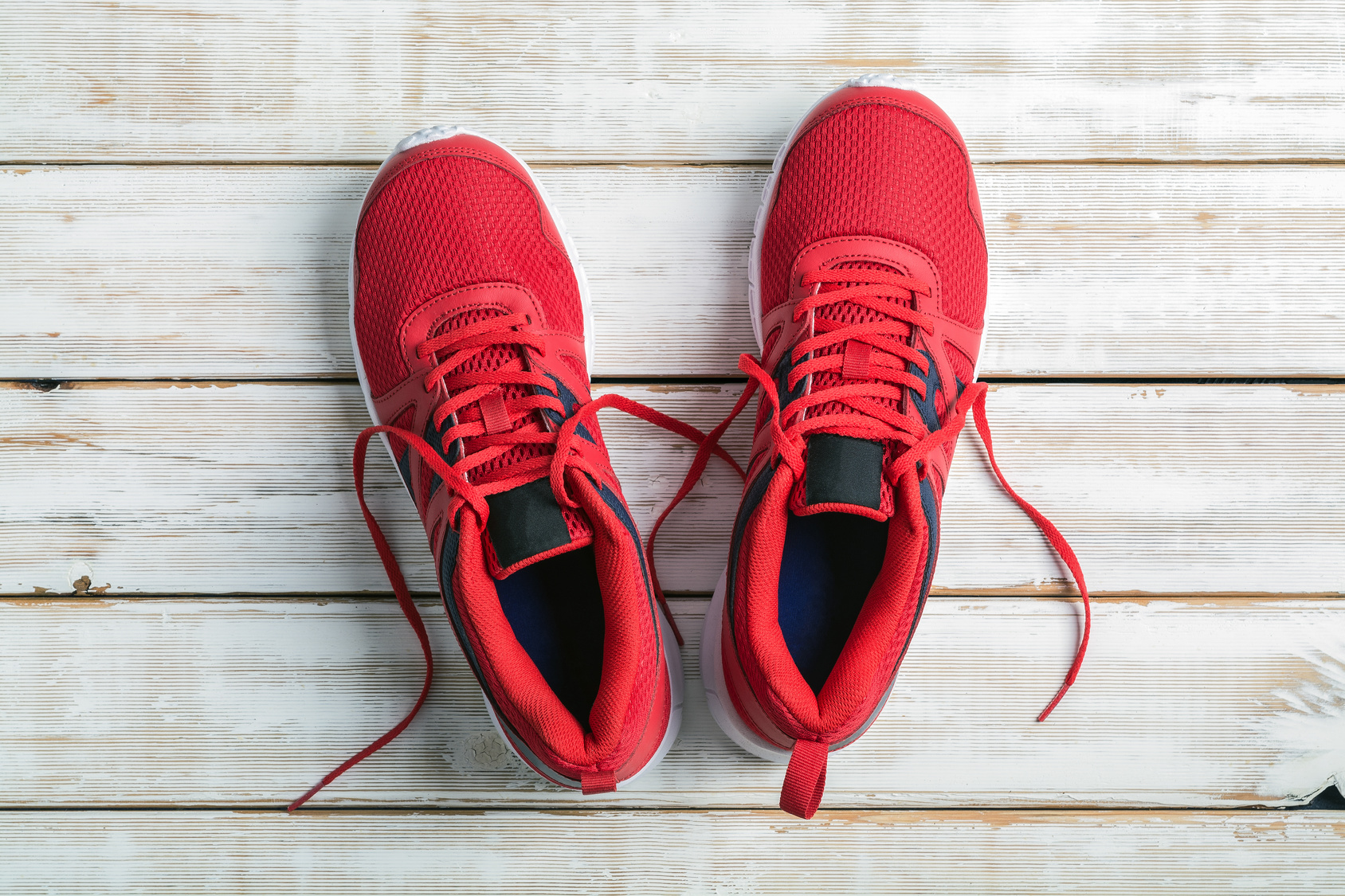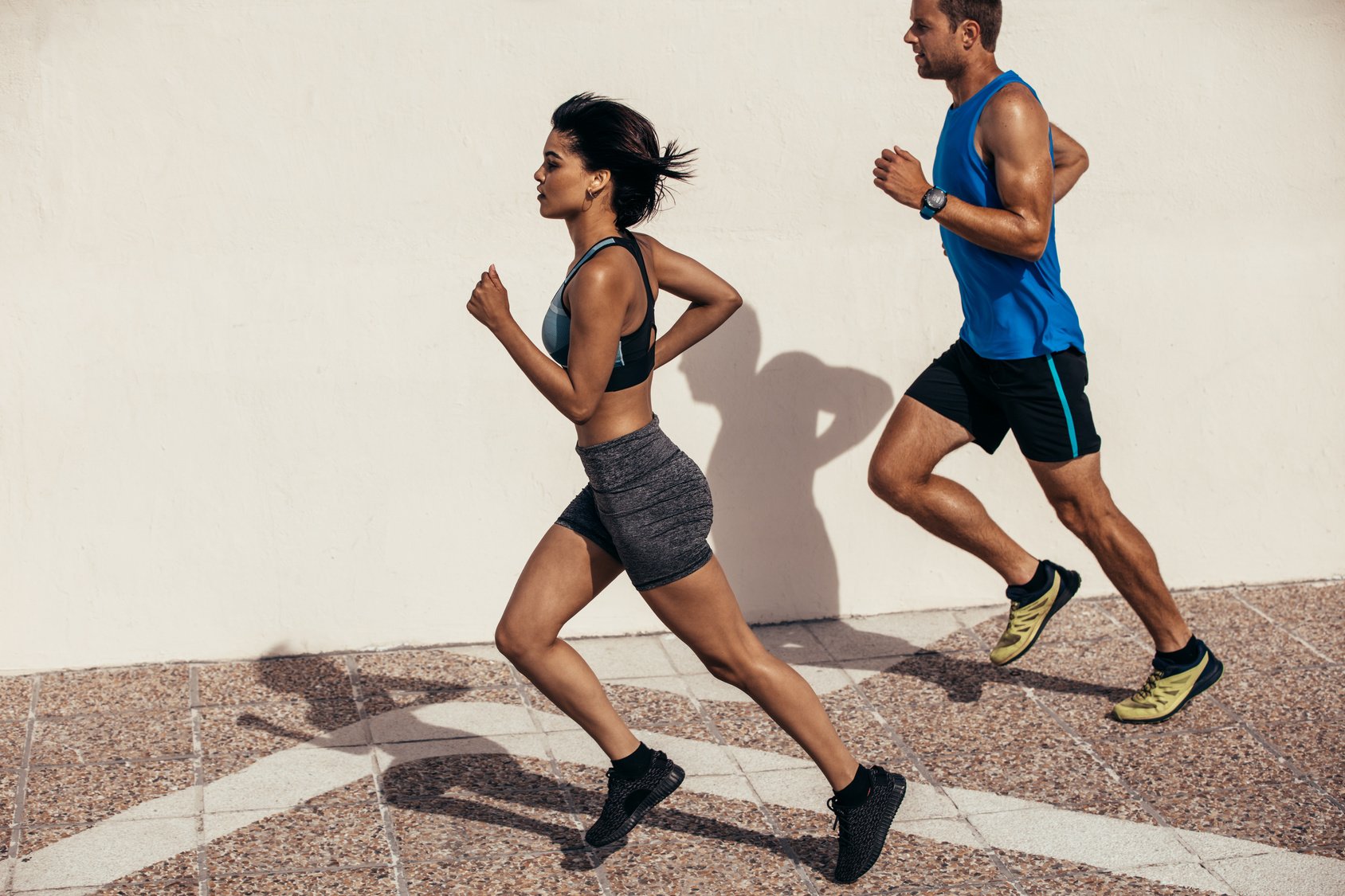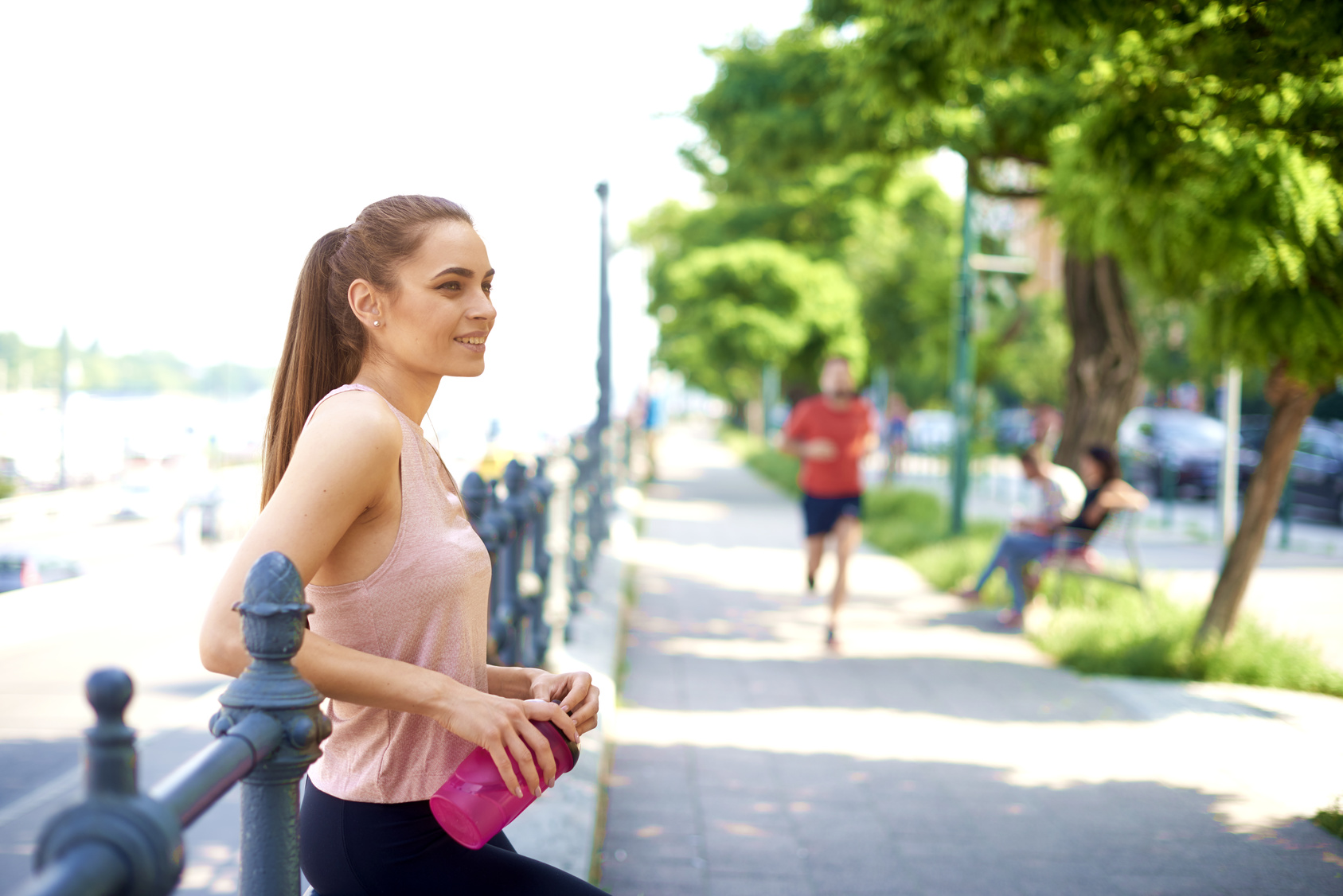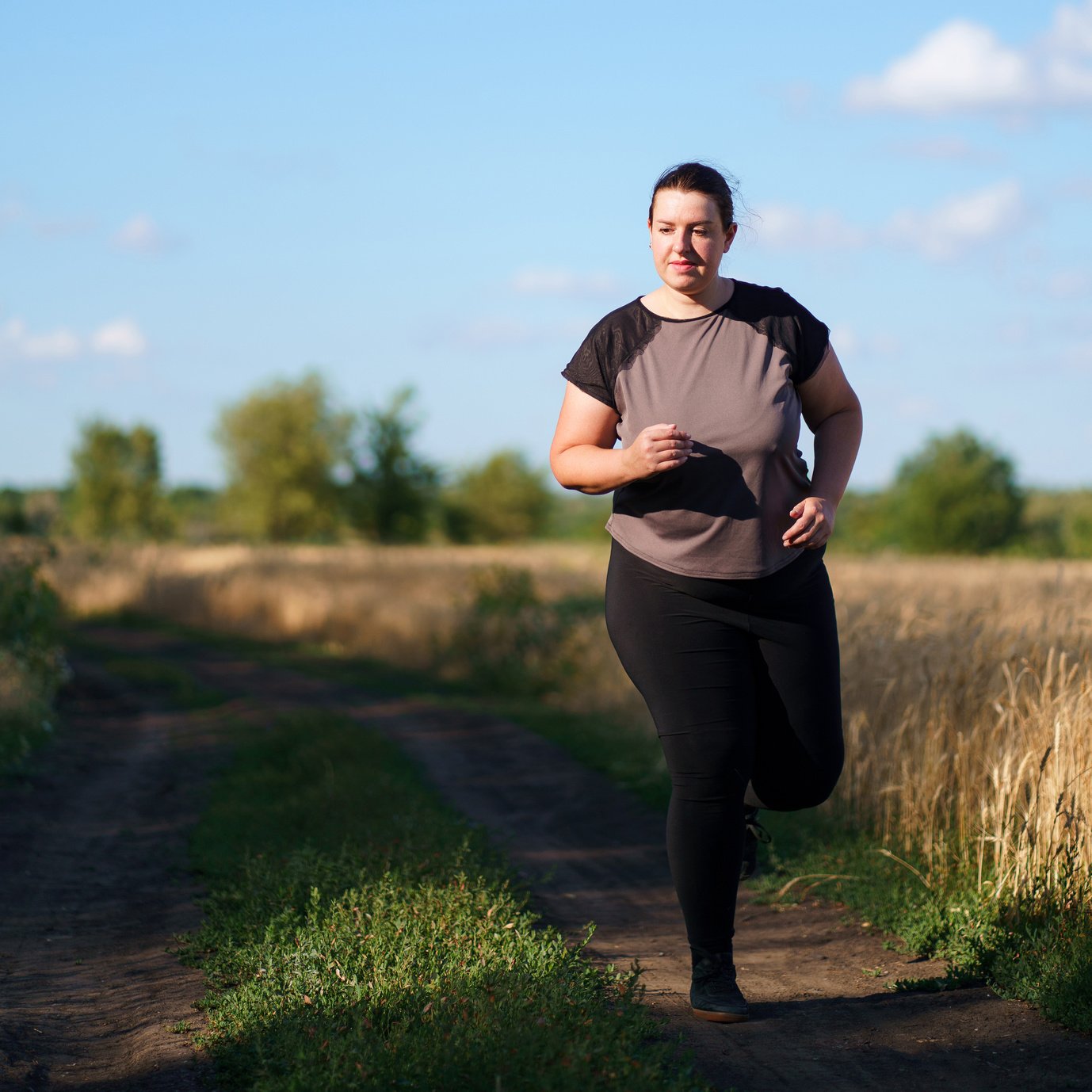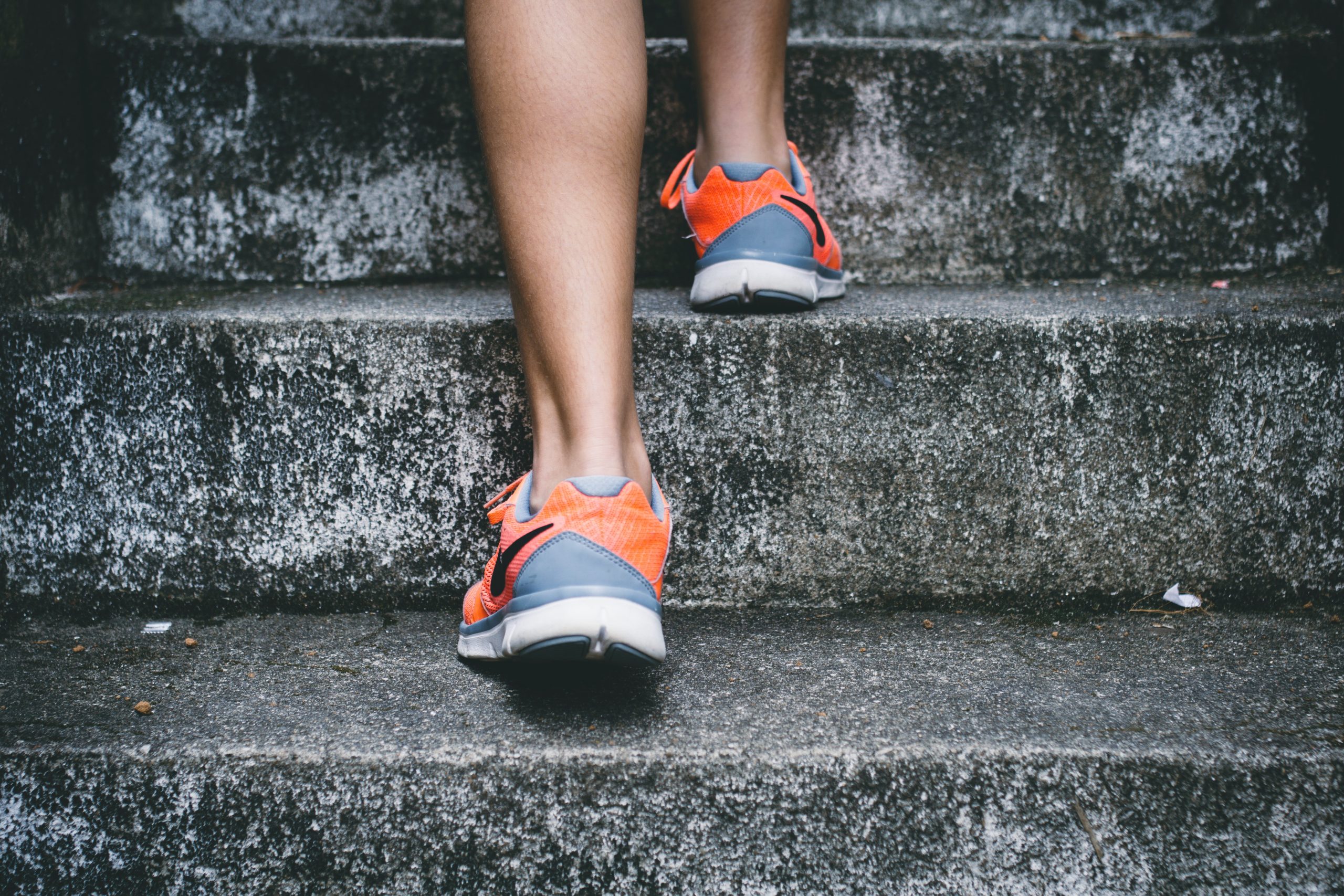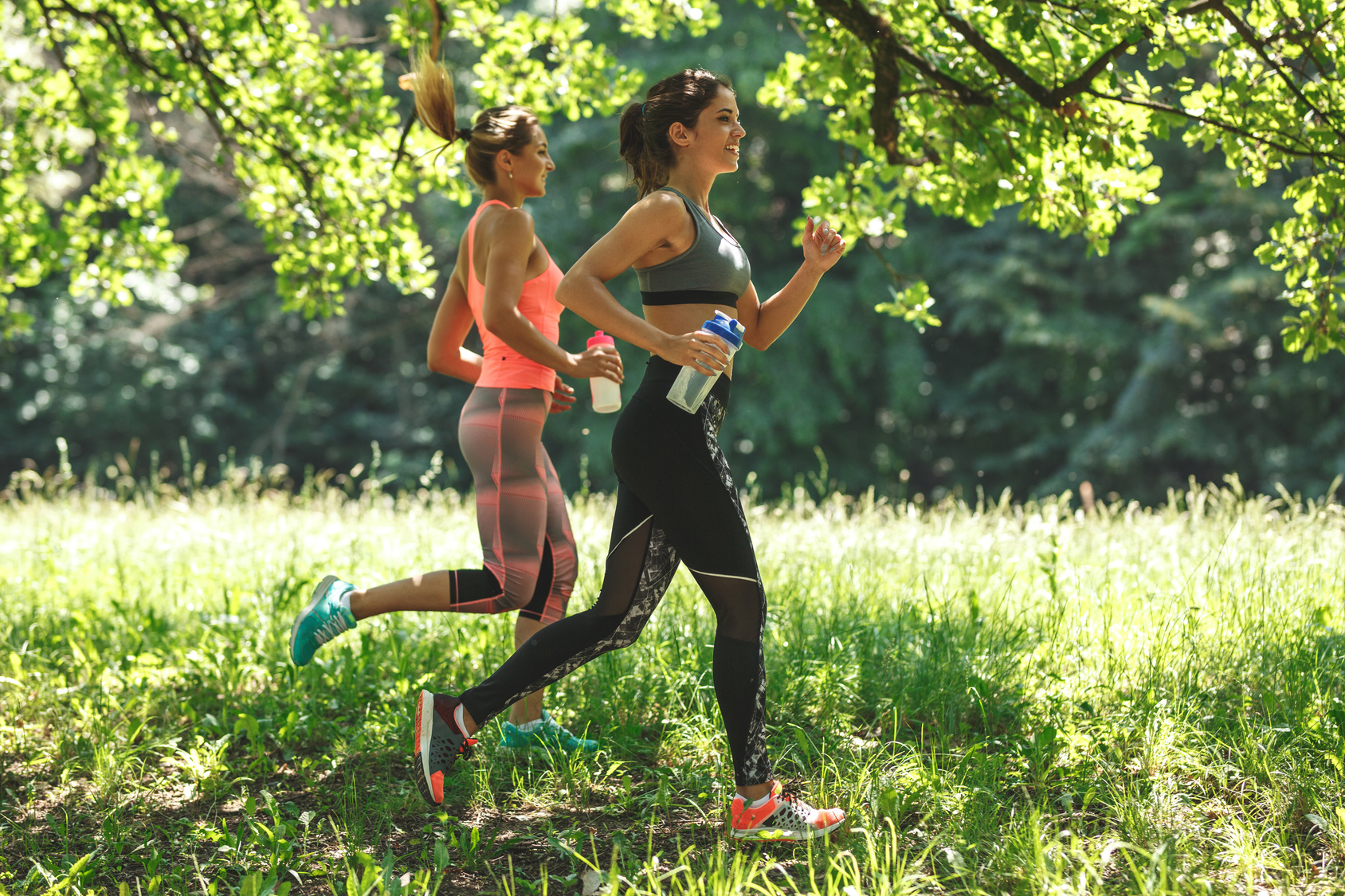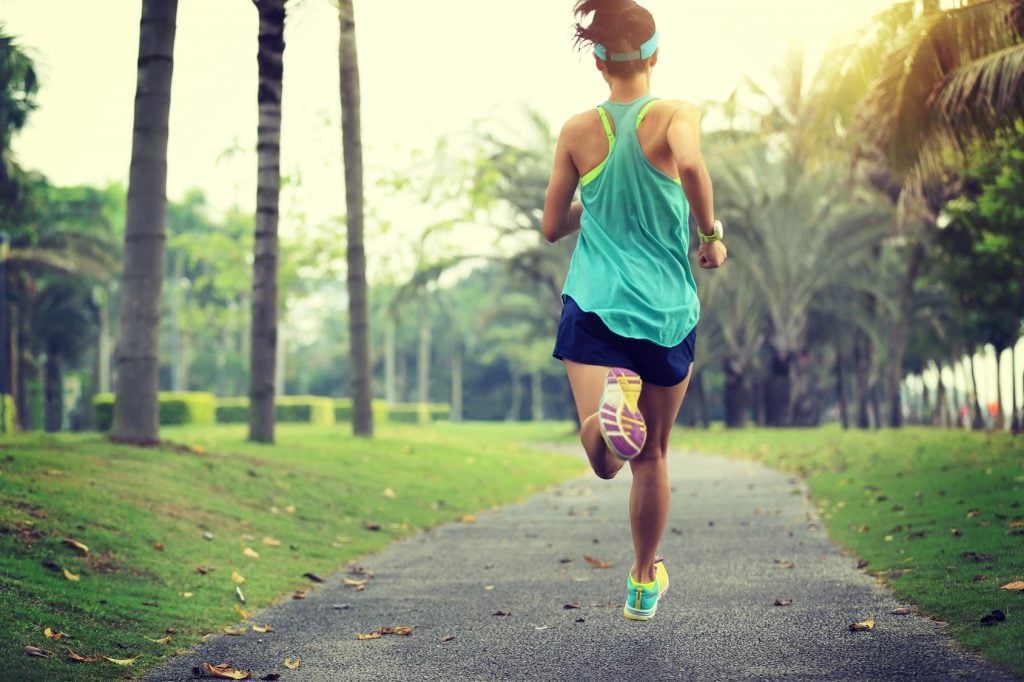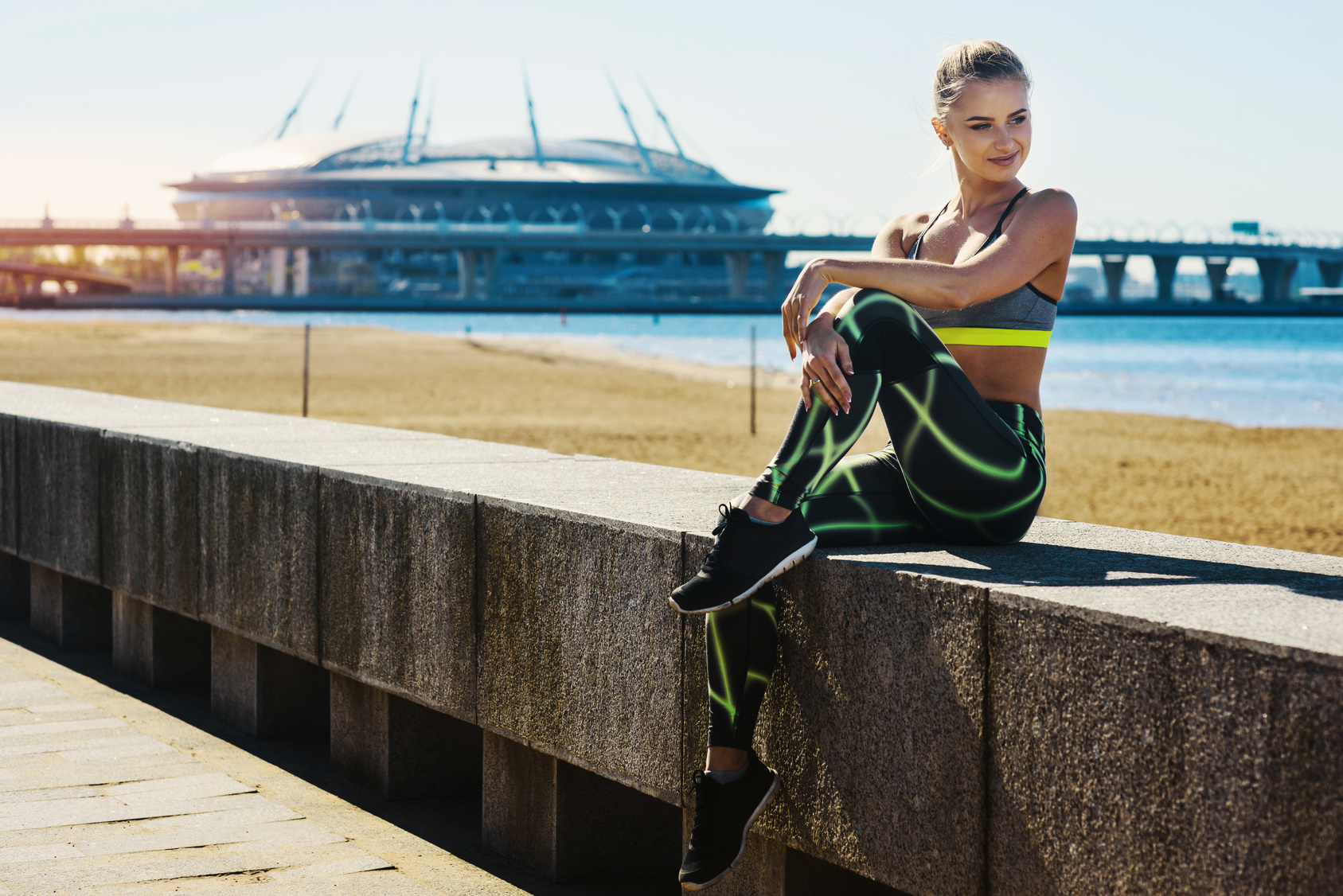Running shoes are made with tough and durable materials but won’t last forever.
Depending on factors such as your weight, activity levels, and running surfaces, expect your running shoes to run out of juice, somewhere in the range of 400 to 500 miles—or every six months for the average runner.
If you log serious miles every week, you might find yourself dealing with more old pairs of running shoes than you know what to do with.
This is one reason the athletic footwear industry is big.
According to this report, the footwear industry is estimated at 98 USD billion in 2019 and is expected to reach 120 USD billion by 2025.
This is great news for runners and the industry, but what about the impact of shoes on the environment?
Unfortunately, it takes much more than an entire human lifetime for footwear to decompose in landfills. A study by Quantis reported that the footwear industry is behind 1.4 percent GHG emissions.
So instead of tossing them out, what if you could give those running shoes a second life?
4 Ways To Recycle Old Running Shoes
Here’s a list of a practical ideas to make the most out of your worn-out shoes without tossing them in the trash.
1. Find A Cobbler
Although it’s not always easy—nor a good idea—to repair running shoes, it’s worth a shot.
Running shoes are typically designed in such a way that repair is tricky. But, just in case, it’s worth consulting a shoe repair service and seeing if they can offer an affordable solution for your running footwear.
Cobblers can fix and restore all types of footwear—running shoes are no exception. Some may even specialize in restoring worn-out athletic footwear.
Although repairing the entire sole of running shoes might not be a good idea, minor repairs such as fixing loose stitches and missing eyelets can help prolong the life of your trainers.
I’d also recommend that you consider giving your used running shoes a second life as casual footwear. Some pro cobblers can replace the sole, so they can last longer.
Check the example below.
https://www.gearpatrol.com/style/shoes-boots/a33865147/goods-and-services-sneakers/
Additional resource – Running Shoes Vs. Cross Trainers
2. Donate your Old Running Shoes
Just because a pair of shoes seems out of commission for you doesn’t mean they’ll be the same to others.
Keep in mind that a lot of less-fortunate people around the world lack proper footwear. Maybe someone needs a pair of shoes for painting, gardening, work, etc., and a used pair would do the trick.
So if your running shoes still have some juice in them, consider donating them.
Before you donate, remember to clean your used running shoes thoroughly.
You can find many fantastic organizations that will take athletic gear and footwear and ensure it winds up being re-used by those in need.
Additional resource – Here’s the full guide to running shoe anatomy.
Examples of popular organizations include:
- Sneakers4Funds – A free program that provides clubs and other organizations the chance to make a few dollars by hosting a shoe drive. The fundraiser company is devoted to helping the less unfortunate to afford good running shoes.
- Soles4Souls – Another free program that works to give underprivileged people shoes so they can go to work, school, and stay healthy. The organization collects used shoes and other clothing, then teams up with other organizations and distributes them around the world.
- GotSneakers – Allows for clubs or groups to raise funds and help others simultaneously.
- One World Running – Bring running shoes to runners in need. This organization collects and wash athletic footwear along with other gear and supplies to developing countries.
Additional Resource – Here’s how to dry running shoes.
3. Change Your Used Running Shoes Purpose
I hate to state the obvious, but just because you can’s use your worn-out shoes for logging the miles doesn’t mean that they’re completely out of commission.
For example, if cushioning’s the only thing missing, consider repurposing your used running shoes.
These shoes are especially useful when you need something for a messy project. For example, you can use them to paint your house, work in the garden, cut grass, etc.
Additional Resource – Here’s how to break in new running shoes.
4. Find A Local Shoe Recycle Program
If your running shoes are beyond saving, there are programs that will recycle footwear.
Although it’ll be ideal, we cannot just recycle old footwear along with plastic bottles and cans. The truth is, recycling shoes is more complicated, and most recycling centers aren’t designed for it.
But a few recycling sites are set up for it and have the right equipment and experience to break down the material of footwear and give it new life in another form.
One of the most popular shoe recycling programs is Nike’s Reuse-A-Shoe, which is available at some Nike stores. Thanks to this program, you can drop off your used shoes—of any brand—at one of Nike’s participating retail stores.
Next, the trainers get sent away to the “Grind” program, during which the shoe is recycled to make basketball courts, turf fields, gym floors, carpet paddings, and running tracks.
Another example is Teracycle which specializes in hard-to-recycle materials, which you can ship your shoes. All you have to do is order a box and fill it with footwear to be recycled. Just keep in mind that this program isn’t free.
Further Readings:
- How to clean running shoes–
- Here’s the full guide to proper running gear.
- When to replace running shoes
- How to Recycle Running Shoes – The Conclusion
Plastic waste is a big problem, and thanks to the light being shed on this problem, people are more open to being proactive and taking the right measures to remedy this problem.
Recycling old running shoes is one step on the right path. Your old running shoes don’t have to contribute to the pile.
Please feel free to leave your comments and questions below.
Thank you for dropping by.

